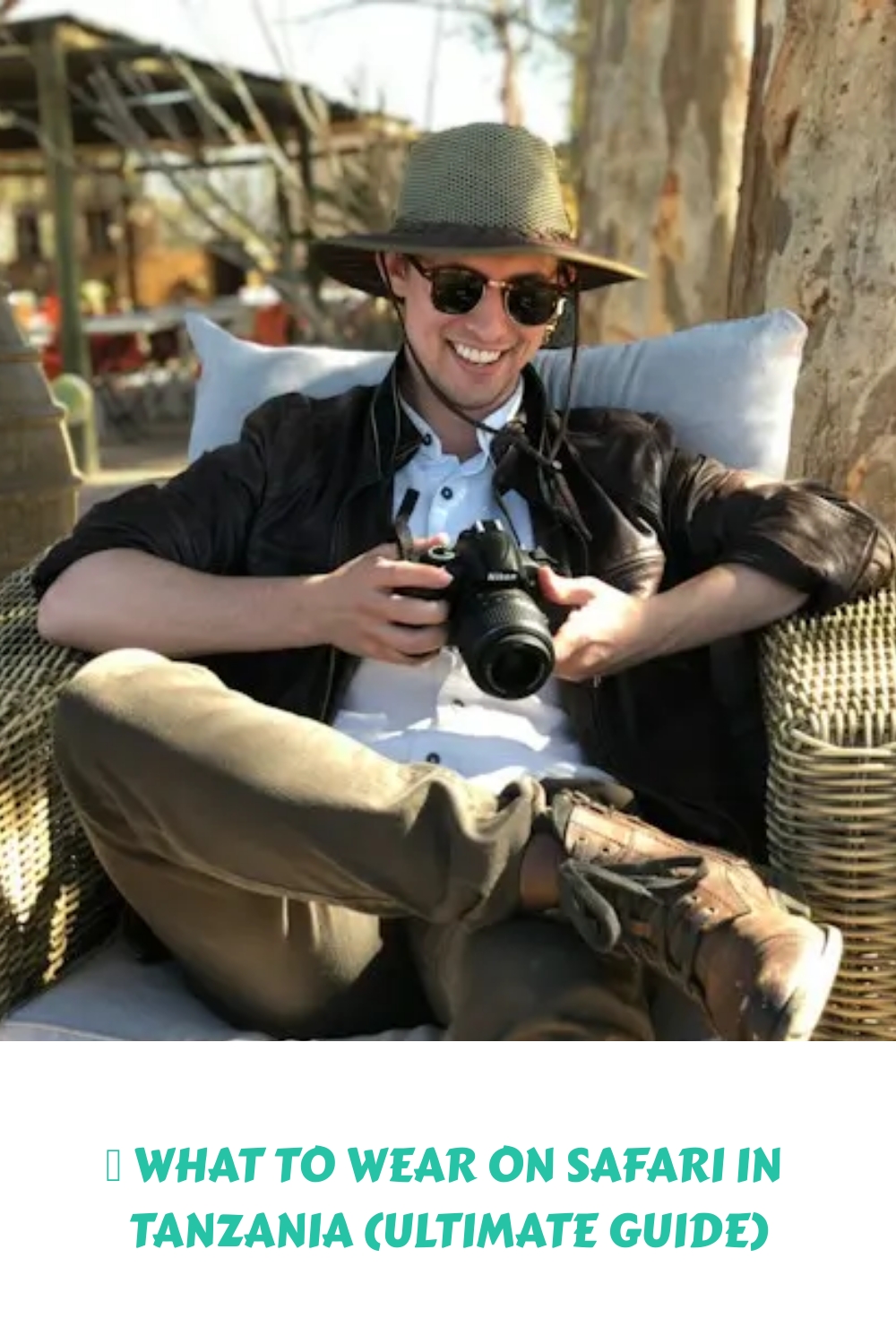When it comes to planning a safari adventure, one of the most important considerations is what to wear on safari in Tanzania. The right clothing will help you stay comfortable and safe while you explore the country’s diverse wildlife and landscapes. From the hot and dry plains of the Serengeti to the lush forests of the Mahale Mountains, Tanzania offers a range of environments that require different types of clothing.
To start, it’s important to understand the climate and weather patterns of the region you’ll be visiting. Tanzania has two distinct rainy seasons, which can impact what you wear and how you pack. There are two rainy seasons: the heaviest rains (called masika) usually fall from mid-March to May, and a shorter period of rain (called vuli) occurs from November to mid-January.
Additionally, the time of year you visit can affect the temperatures you’ll experience, so it’s important to plan what to wear on safari in Tanzania.
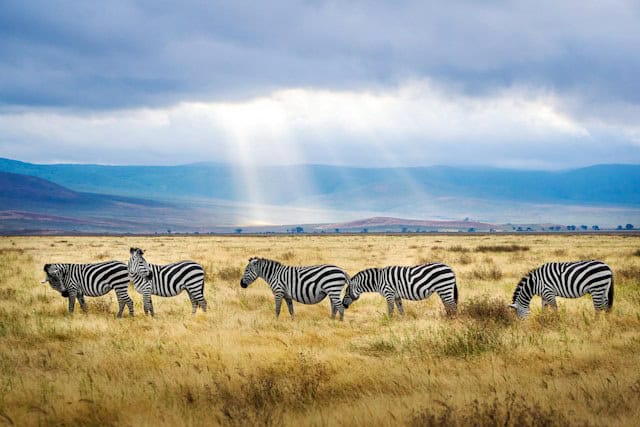
Finally, cultural expectations and safety considerations should also be taken into account when choosing your safari attire.
In this article, we shall provide a comprehensive guide to help you decide what to wear on safari in Tanzania. We will cover essential clothing items, footwear and accessories, health and safety considerations, and packing tips to help you plan for your adventure.
✅ Key Takeaways
- Understanding the climate and weather patterns of your safari destination is important when planning what to wear on safari in Tanzania.
- Essential clothing items, footwear, and accessories should be chosen with the environment and cultural expectations in mind.
- Packing smart and considering health and safety considerations can help ensure a comfortable and enjoyable safari experience.
🌳 Understanding Tanzania’s Safari Environment
When preparing for a safari, it’s important to understand the environment you’ll be exploring so you can figure out what to wear on a safari in Tanzania. Here are some key factors to keep in mind:
☀️ Climate and Seasons
Tanzania’s climate is typically warm and humid, with two distinct seasons: the dry season and the wet season.
The dry season, which runs from late June to early October, is the best time to visit for game viewing. During this time, the weather is cooler and drier, and wildlife is more concentrated around water sources.
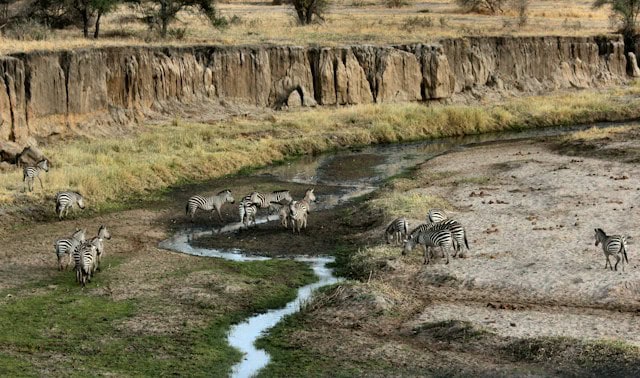
The wet season, which runs from late October to early June, can be more challenging for game viewing due to the increased vegetation and water availability. However, it’s a great time to see newborn animals and migratory birds.
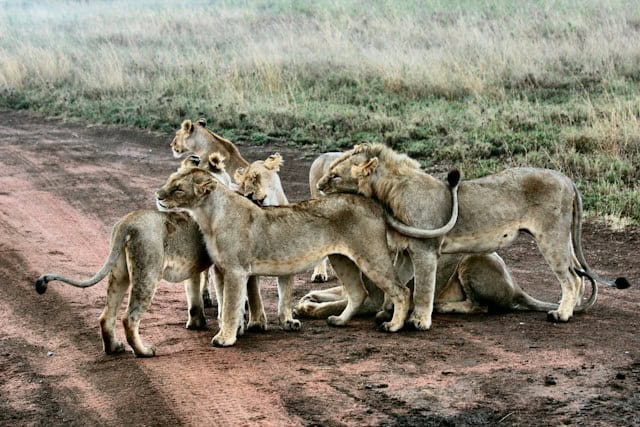
🐘 Wildlife and Vegetation
Tanzania is home to a diverse range of wildlife, including lions, elephants, giraffes, zebras, and more. The vegetation varies depending on the region, with savannah grasslands in the north and east, and tropical forests in the west and south. During early morning game drives, you may experience temperature changes, so it’s important to wear layers.
When planning what to wear on safari in Tanzania, keep in mind that the best time to visit is during the dry season, from late June to early October. During this time, temperatures can range from 50°F (10°C) in the early morning to 80°F (27°C) in the afternoon.

It’s also important to pack for Tanzania’s main rainy season, which runs from late October to early June. Be prepared for sudden downpours and increased humidity by packing a rain jacket and quick-drying clothes.
Recommended Reading: 🚙 Types of African Safari Vehicles (What to Expect)
👖 Essential Safari Clothing Items
When planning what to wear on safari in Tanzania, it’s important to pack the right clothes to ensure maximum comfort and protection. Here are some essential safari clothing items you should consider bringing:
👚 Clothing for Comfort
When it comes to safari clothes, comfort is key.
You’ll be spending a lot of time in the sun, so it’s important to wear breathable clothing that will keep you cool.
Opt for lightweight, loose-fitting pants made from materials such as linen, cotton, or nylon.
Pair them with a comfortable, breathable shirt, such as a safari shirt with long sleeves.
Avoid tight-fitting clothes, as they can be uncomfortable and restrict movement.
🧢 Clothing for Protection

In addition to comfort, it’s important to wear clothing that will protect you from the elements.
Neutral colors such as khaki, brown, and green are ideal, as they won’t attract unwanted attention from wildlife.
Long-sleeved shirts and long pants are a must to protect your skin from the sun and insects.
Consider bringing a wide-brimmed hat or safari hat to protect your face and neck from the sun.
Don’t forget to pack insect repellent to prevent mosquito bites after dusk.
🎒 Footwear and Accessories
🥾 Choosing the Right Shoes

When it comes to choosing the right shoes for your safari adventure in Tanzania, comfort should be your top priority.
Closed-toe shoes are recommended to protect your feet from rocks, thorns, and other hazards.
Comfortable shoes for walking and hiking are also a must, as you will be spending a lot of time on foot exploring the wildlife.
Sneakers or lightweight hiking shoes are a good option, but avoid heavy boots that can be cumbersome to wear for long periods.
🕶️ Must-Have Accessories
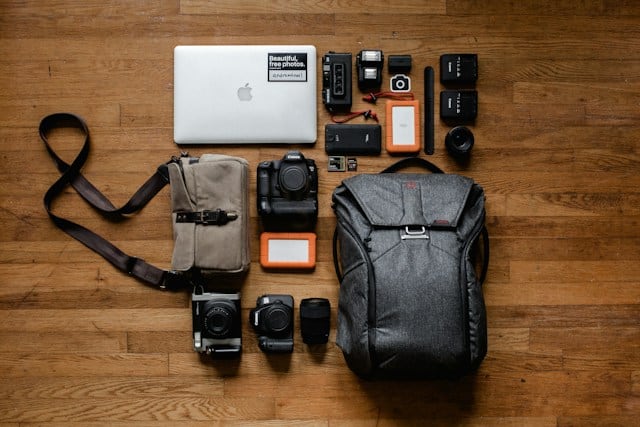
Aside from comfortable shoes, there are a few accessories that are must-haves for a successful safari trip.
Camera equipment is essential, and you’ll want to bring extra memory cards and batteries to ensure you don’t miss any photo opportunities.
A zoom lens is also recommended to capture distant wildlife.
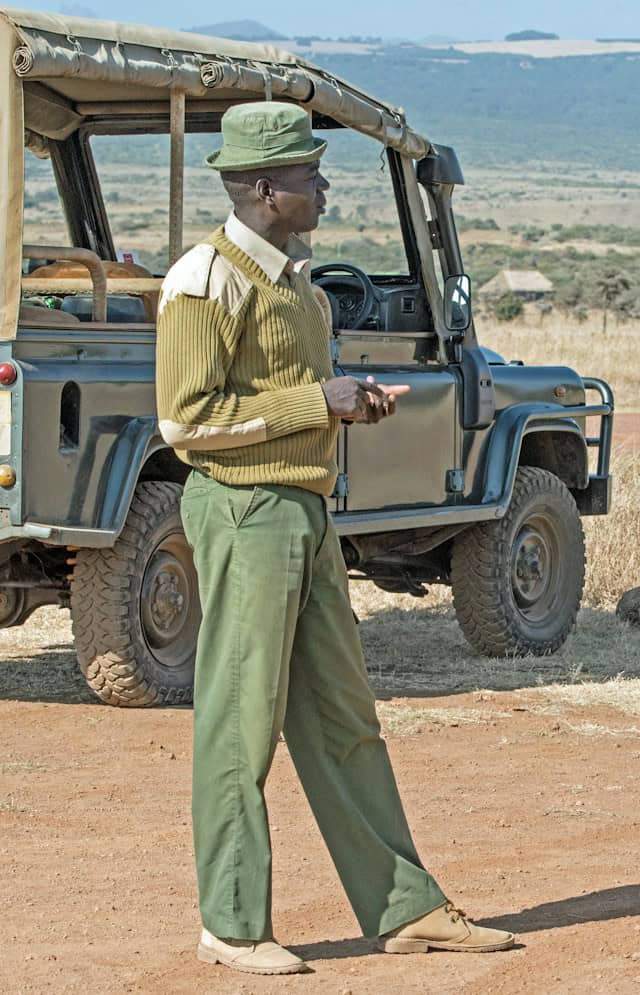
In addition, a safari guide will be with you throughout your trip to provide information about the wildlife and ensure your safety. They will likely be carrying binoculars, but it’s always a good idea to bring your own if you have them.
Lastly, don’t forget to bring a hat, sunglasses, and sunscreen to protect yourself from the sun. A scarf or bandana can also be useful to keep dust out of your face during the game drives.
🏥 Health and Safety Considerations
When planning what to wear on safari in Tanzania, it’s important to consider your health and safety. Here are some things to keep in mind:
🦟 Insect Protection
Tsetse flies and mosquitoes are common in Tanzania, and their bites can be irritating and potentially dangerous. Keep this in mind as you plan what to wear on safari in Tanzania.
To protect yourself, wear long-sleeved shirts and pants, and use insect repellent. Check to make sure your insect repellent contains at least 30% DEET.
When planning what to wear on safari in Tanzania, consider bringing mosquito nets to use at night (check with the tour companies).
💊 First Aid and Medications
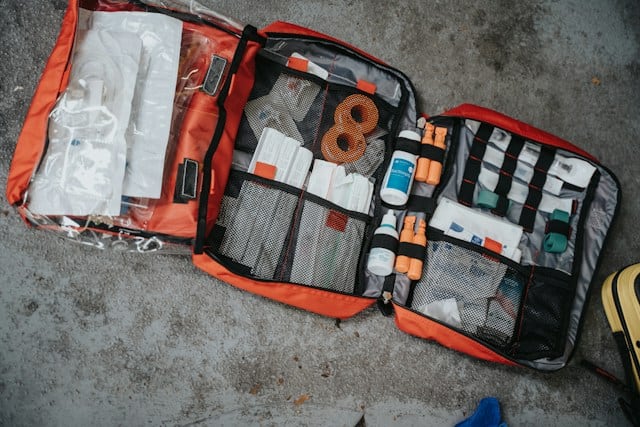
It’s important to bring a medical kit with you on your safari. This should include basic first aid supplies like bandages, antiseptic, and pain relievers.
You should also bring any prescription medications or antihistamines you may need, as well as remedies for common ailments like headaches, and digestive troubles.
Make sure to pack and apply sunscreen, wear a hat, and use sunglasses to protect your eyes.
Remember to check with your doctor before traveling to Tanzania to make sure you have all the necessary vaccinations and medications.
🧳 Packing Smart for Your Safari
When planning what to wear on safari in Tanzania, packing smart is key to ensuring a comfortable and enjoyable experience. Here are some tips to help you pack efficiently:
🛄 Luggage Tips

When choosing luggage for your safari, opt for soft duffel bags instead of hard-shell suitcases. This will make it easier to fit your luggage into the safari vehicle and will also make it easier to store in your tent.
📱 Personal and Important Items
Make sure to bring essential items such as sunscreen, insect repellent, and a hat to protect you from the sun.
It’s also important to bring any necessary medication and your travel documents, including your passport and visa.
Don’t forget to bring your credit cards in case you need to make any purchases.
Exchange some money into Tanzanian Shillings (TZS) for use in local markets beforehand.
You can use Forbes currency converter to get current exchange rates.

While on safari, you may be spending a lot of time in the safari vehicle, so it’s important to bring personal items to make your ride more comfortable. This could include a neck pillow, a book, or headphones to listen to music.
Laundry services are often available at safari lodges, so you don’t need to pack a new outfit for every day. Bring enough clothes to last you for the duration of your safari, but don’t overpack.
Remember, you’ll be in the same clothes for most of the day, so comfort is key.
Check out this article for tips and advice for your Tanzania safari packing list.
“Travel makes one modest. You see what a tiny place you occupy in the world.”
Gustave Flaubert
❓ Frequently Asked Questions (FAQs)
📅 What to wear on safari in Tanzania in October?
During October, Tanzania is in its dry season, so it’s recommended to wear lightweight and breathable clothing.
Long-sleeved shirts and pants are also recommended to protect from the sun and insects.
You should also bring a light jacket or sweater as temperatures can drop during the early morning and evening game drives.
🎨 What colors to wear on safari in Tanzania?
Neutral colors such as khaki, beige, and olive are the most suitable for clothing when on a Tanzanian safari.
These colors blend well with the natural environment and also help to keep you cool in the heat.
🧕 What to wear in Tanzania as a woman?
For women, it’s recommended to wear comfortable and practical clothing such as long-sleeved shirts, pants, and shorts.
It’s also important to pack a scarf or shawl to cover your head and shoulders in case you visit a local village or religious site.
🥾 What shoes to wear on safari in Tanzania?
Closed-toe shoes or boots are the best footwear for a safari in Tanzania.
Comfortable walking shoes are also recommended for game drives and walking safaris.
Sandals can be worn around the campsite or lodge, but it’s important to avoid open-toe shoes as they don’t provide adequate protection from insects.
🚫 What not to wear on safari in Tanzania?
It’s important to avoid bright colors, especially when on game drives, as they can scare off the wildlife.
It’s also important to avoid wearing perfume or cologne as it can attract insects and other unwanted attention from wildlife.
🎒 What should I pack for Tanzania safari?
Some essential items to include when packing for a Tanzanian safari include:
- a hat
- sunglasses
- sunscreen
- insect repellent
- a camera
It’s also important to pack a power adapter, as Tanzania uses the same type of electrical plugs as the UK (2 or 3-pin 240V outlets).
Finally, make sure to pack a reusable water bottle to stay hydrated during your safari.
